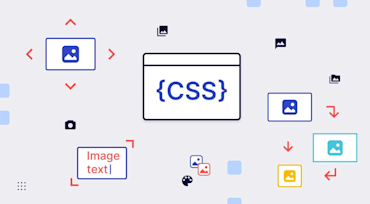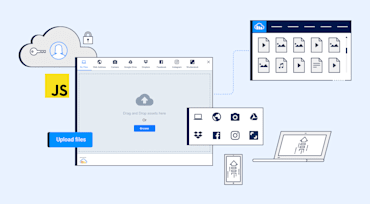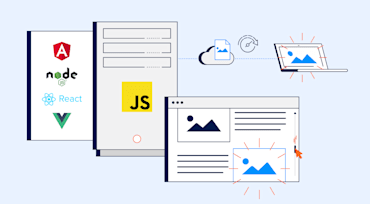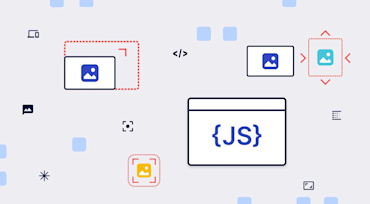Resizing images with JavaScript (JS) creates nifty effects, many of which you cannot do in Cascading Style Sheets (CSS). However, even though you can automate a zoom effect with JS to enable users to zoom in and out of images, limitations abound.

With Cascading Style Sheets (CSS), you can style your site and transform the related images. For example, you can create static or sticky positioning for the graphics, define backgrounds and borders, resize, and create cool filters to show off the artistry.

With JavaScript (JS), you can create cool image animations, which are difficult to do with Cascading Style Sheets (CSS). This article describes how to—
Here are the topics:
To rotate images with JS, edit the CSS transform property. See the procedure below.

E-commerce is a dynamic business. Shoppers are constantly browsing sites for the best deals or for the latest of their favorite products, adding to wish lists, and exploring product recommendations from friends and influencers. On the other hand, online vendors are always on a tear to try to draw in shoppers and convert clicks to cash with various techniques, such as by reducing page-load time, posting compelling product images, and aggressively targeting ads.

In today’s digital-first age, online site performance is critical for ensuring business continuity, attracting repeat sales, and gaining a competitive advantage. Lazy loading accelerates performance for websites and apps. Many implementation techniques are available, however, so choose wisely. In particular, become familiar with the universal practices and the language- and framework-specific approaches.

As computer users, we constantly upload files, transferring them from one system to another over a network. You can perform uploads on a terminal, such as through the SSH File Transfer Protocol (SFTP) or Secure Copy Protocol (SCP), File Transfer Protocol (FTP) clients, or web browsers. Generally, you upload files to move data to a server or a managed service like cloud storage, but you can also send files between distributed clients.

Uploading software files to the web, mobile, or desktop is as old as the web itself. Billions of files are moved around and downloaded on the Internet daily. Coincidentally, as the de facto language in which many apps are written, JavaScript is also as old as the web.

Since its founding in 2012, Cloudinary has released software development kits (SDKs) in over a dozen languages and frameworks, adding feature after feature for numerous technologies. So far, those releases have proceeded in an evolutionary manner. We’re now overhauling them to serve developers even better, starting with the JavaScript (JS) SDK. For details, see our recent post on Cloudinary’s next-generation developer SDKs.

JavaScript is a popular programming language, typically for building interactive web apps, thanks to its ease of use and ability to run in any browser with no "JavaScript turned off" setting. The language is easy to learn, accelerating app development. However, to avoid performance issues, be sure to optimize your JavaScript apps for media loading. You can do that by adopting techniques for optimizing website images, such as lazy loading.

Every image is unique, so are website visitors. In a perfect world, we would adapt images to be "just right" for all users, i.e., perfectly cropped with responsive dimensions, correct encoding settings, and optimal quality in the most suitable format.
See this example of a photo of a cat:
